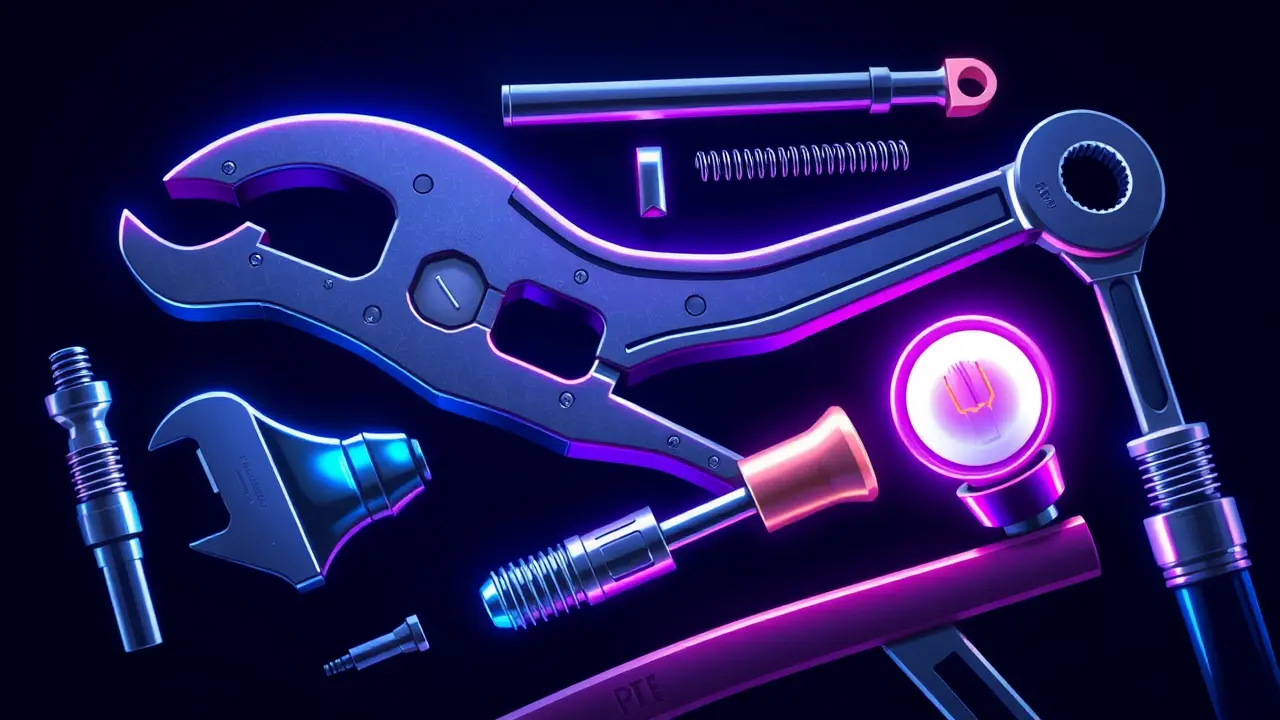
Otherauto & mobilityVehicle Reviews
Specialty Tools for Home Improvement and DIY Projects
AN
Andrew Blake
8 hours ago7 min read
The uninitiated might look at a toolbox and see a simple collection of hammers and screwdrivers, but for the seasoned home improver, it’s a specialized arsenal where each tool is a player with a distinct position and purpose, much like the nuanced roles in a political campaign or the specific functions in a cryptocurrency ecosystem. Consider the screw removal plier, a tool that doesn't get the glory of a new power drill but is the crisis manager of the workshop; when a screw head strips, a common failure that can derail an entire project, this tool bites down with relentless grip, extracting the offending metal with a satisfying finality that is the DIY equivalent of a scandal-plagued candidate making a surprise comeback.Then there’s the reversible wrench, a study in elegant efficiency. Its ratcheting mechanism, a simple yet profound piece of engineering, allows for continuous motion without the tedious back-and-forth removal that plagues fixed wrenches, operating on a principle of leveraged force that would impress any Wall Street trader analyzing market momentum.It’s the tool you use for assembling flat-pack furniture or tightening plumbing fittings, a silent workhorse that gets the job done with a quiet, rhythmic click that speaks of progress. And what of the so-called 'nail-eating' bit? This isn't your grandfather's drill accessory; it's a specialized driver designed for screw guns, often used in framing, that holds a collated strip of nails or screws, allowing a user to fire off fasteners with rapid, uninterrupted succession.This is the tool of scale and speed, the one that builds decks and walls, its aggressive functionality reminiscent of a high-frequency trading algorithm executing thousands of orders in the blink of an eye. It transforms a laborious, repetitive task into a streamlined process, a small but significant leap in productivity for any serious project.Even the humble light bulb changer, often dismissed as a gimmick, reveals a deep understanding of human limitation and accessibility. This long-reach pole with a gripper head isn't just for high ceilings; it’s a tool of safety and convenience, preventing precarious climbs on wobbly ladders and bringing a simple task back to ground level.Its design philosophy is one of pragmatic problem-solving, not unlike the development of a user-friendly fintech app that demystifies personal finance. These tools, when viewed collectively, tell a broader story about the evolution of domestic craftsmanship.We've moved beyond the era of a single, multi-purpose tool that does everything poorly. The modern DIY movement, fueled by online tutorials and a desire for self-reliance, has created a demand for instruments of surgical precision.This mirrors a wider societal trend towards specialization, seen in the hyper-niche communities of Web3 or the targeted data analytics of a modern political campaign. Each of these tools represents a solved problem, a pain point identified and engineered into obsolescence.They are the result of decades, sometimes centuries, of incremental innovation, where the basic principles of leverage, torque, and material science have been refined to a razor's edge. Using a reversible wrench after struggling with a standard one feels like upgrading from a dial-up modem to broadband; the fundamental task is the same, but the experience is so profoundly improved that it changes your relationship with the work itself.This is the unspoken promise of the specialized tool: it doesn't just make the job easier, it makes the craftsman better, more confident, and more capable. It’s a quiet empowerment, one project at a time, building not just shelves and decks, but competence and a deeper understanding of the physical world we inhabit.
#editorial picks news
#specialty tools
#screw removal pliers
#reversible wrenches
#nail-eating bits
#light bulb changers
#hardware
#DIY
#home improvement
Stay Informed. Act Smarter.
Get weekly highlights, major headlines, and expert insights — then put your knowledge to work in our live prediction markets.
© 2025 Outpoll Service LTD. All rights reserved.